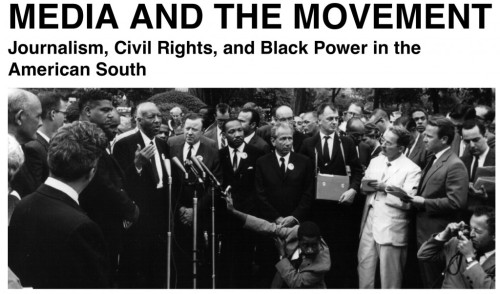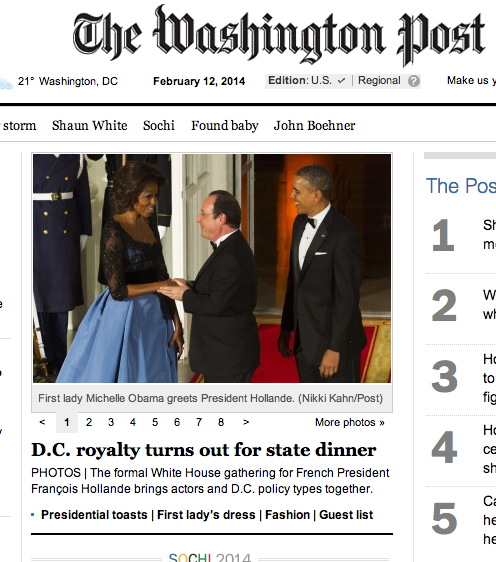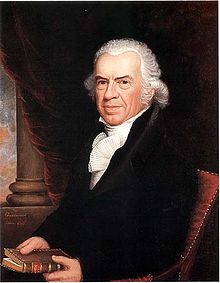By Christopher B. Daly
Here’s a peek inside what I call “the Meme Factory” — the interlocking set of institutions that conservatives built, mainly since WWII, to manufacture “studies,” slogans, and ideas that could probably not pass muster at most universities or scholarly journals but are very useful to the conservative movement. Briefly, the way it often works is that a conservative funder or activist has a notion. The notion is taken to a conservative “think tank,” where it can be refined, simplified, and outfitted with some academic-sounding “research.” The whole package can be offered to sympathetic conservative “journalists” who work at conservative media outlets like Fox, National Review, Newsmax, Breitbart, etc. Then, when real scholars and responsible journalists ignore it, conservatives can cry foul and denounce everyone else as “biased.”
Today’s case in point: a story in the NYTimes not about this phenomenon but which nevertheless reveals a bit of how this system operates. The story naturally focuses on the latest developments. Igt is essentially a “stage-setter” for a hearing set for Tuesday in a federal court in Detroit over the suitability of same-sex couples as parents. But it’s the backstory that really deserves equal attention:
–To start at the beginning, in August 2010, a federal judge in a different federal court in California writes in a ruling that he found “no reliable evidence that allowing same-sex couples to marry will have any negative effects on society.”
–Alarmed, conservatives swing into action.
–In late 2010, they gather at the Heritage Foundation in Washington, one of the central nodes in the Meme Factory. According to the Times, “opponents of same-sex marriage discussed the urgent need to generate new studies on family structures and children.” In other words, they wanted to commission studies whose outcome was pre-determined.
–Result: “the marshaling of $785,000 for a large-scale study by Mark Regnerus, a meeting participant and a sociologist at the University of Texas who will testify in Michigan.” The money comes from two conservative foundations: Witherspoon and Bradley.
–His study comes out in 2012 in the journal Social Science Research, and conservatives immediately start citing it. No surprise: the study “finds” that children do best when raised by their own straight, married, monogamous parents.
–Scholars criticize his methods and motives, prompting the journal to launch an internal audit of its own procedures. Basically, the folks at Social Science Research need to determine how they got so badly used in this case.
–No matter. The Meme Factory has delivered: a study, a controversy, victim status, and news coverage.
Who says American manufacturing is dying?
Below, as a public service, I offer a version of a work in progress. It’s a timeline of the interlocking institutions that make up the Meme Factory — think tanks and media outlets. You’ll notice that some names crop up again and again: Scaife, Mellon, Murdoch, Kristol.
(Please help me fill in any blanks.)
CONSERVATIVE MEDIA AND INSTITUTIONS
A TIMELINE
Compiled by Christopher B. Daly
MEDIA OUTLETS
(not to mention: WSJ, Chi Tribune, LA Times, US News, Reader’s Digest, Forbes, etc)
1944 Human Events Henry Regnery et al.
1955 National Review William F. Buckley Jr.
1965 Public Interest Irving Kristol (folded, 2005)
1967 American Spectator R. Emmett Tyrrell Jr./Regnery
196? Commentary (turns right) Norman Podhoretz/
1968 Reason (libertarian) Robert W. Poole Jr.
1975 Conservative Digest Richard Viguerie
1982 Washington Times Rev. Moon/Unification Church
1985 The National Interest Irving Kristol
1988 Rush Limbaugh Limbaugh/Clear Channel
1995 Weekly Standard Murdoch/News Corp/ Wm Kristol
1995 Townhall.com offshoot of Heritage
1996 Fox News Ailes/ News Corp. (Murdoch)
1996 The Drudge Report Matt Drudge
1996 Free Republic (website) James C. “Jim” Robinson
1997 World Net Daily Jos.&Eliz. Farah
1998 Newsmax Media Christopher W. Ruddy (Scaife)
2001 InstaPundit Glenn Reynolds
2002 The American Conservative (mag) Pat Buchanan, Taki, et al.
2002 Glenn Beck Radio Program Glenn Beck
2007 Breitbart.com Andrew Breitbart
INSTITUTIONS [major donors: Olin, Coors, Scaife, Richardson, Bradley]
1943 American Enterprise Institute big business
1947 Regnery Publishing Eagle Publishing
1957 Hoover Institution ?????/ Stanford
1960 Young Americans for Freedom William F. Buckley
1961 Christian Broadcasting Network Pat Robertson
1963 Oral Roberts University Oral Roberts
1969 AIM Reed Irvine
1973 Heritage Foundation Paul Weyrich (Coors)
1975 Eagle Forum Phyllis Schlafly (radio, Web)
1977 Cato Institute Edward H. Crane (Koch, Olin, Scaife, Bradley)
1977 Focus on the Family Dr. James Dobson
1977 National Journalism Center M. Stanton Evans (Buckley; YAF))
1978 Inst. for Educational Affairs Irving Kristol/William E. Simon (Olin, Scaife, Richardson)
1979 Moral Majority (thru 1989) Weyrich, Viguerie, Falwell.
1982 Federalist Society Edwin Meese, Robert Bork, Olson
1987 Media Research Center L. Brent Bozell III
1997 Project for New American Century Wm. Kristol / Robert Kagan










